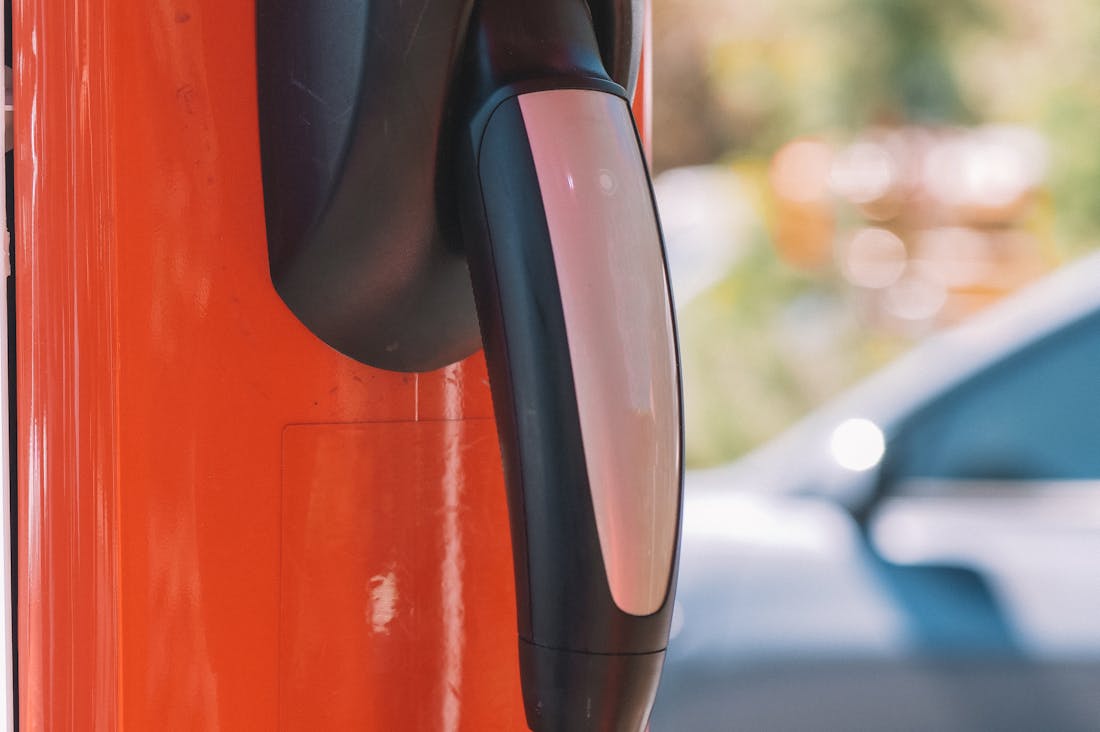As the world grapples with the pressing challenges of climate change and dwindling fossil fuel resources, electric vehicles (EVs) have emerged as a beacon of hope for sustainable transportation. This exploration delves into the latest innovations and trends influencing the EV landscape, highlighting advancements in technology, infrastructure, and consumer adoption that are shaping a greener, more efficient future on the roads. From breakthroughs in battery technology to the rise of autonomous driving, we will uncover how these developments are not only redefining personal mobility but also contributing to a more sustainable and environmentally friendly world. Join us on this journey as we discover what lies ahead in the electrifying realm of automotive advancements.

Current Innovations in Electric Vehicle Technology
Current innovations in electric vehicle (EV) technology are transforming the automotive landscape, focusing on enhancing efficiency, performance, and sustainability. Battery technology has seen remarkable advancements, particularly with the development of solid-state batteries that promise longer ranges and shorter charging times. Manufacturers are also exploring fast-charging infrastructure, enabling drivers to recharge their vehicles in mere minutes rather than hours. Additionally, software advancements are integral, with AI-driven systems optimizing energy management and enhancing autonomous driving features. Moreover, recycling methods for lithium-ion batteries are evolving, reducing environmental impact. These innovations not only improve the user experience but also pave the way for a more sustainable future for transportation.

The Role of Government in Promoting EV Adoption
The government plays a crucial role in promoting the adoption of electric vehicles (EVs) as part of broader environmental and economic strategies. Through a combination of incentives such as tax rebates, grants, and subsidies, governments can significantly lower the initial cost barrier for consumers and businesses considering the transition to EVs. Additionally, investing in charging infrastructure is essential to alleviate range anxiety and make EVs more convenient for everyday use. Policies promoting research and development in EV technology can lead to improved battery performance and reduced environmental impact. Moreover, government regulations and emissions standards can encourage automotive manufacturers to prioritize electric models, ultimately fostering a more sustainable transportation ecosystem. By creating a collaborative environment between consumers, manufacturers, and infrastructure providers, government initiatives can pave the way for a cleaner, more efficient future.

Future Trends to Watch in the EV Market
The electric vehicle (EV) market is poised for significant evolution in coming years, driven by rapid advancements in technology, consumer demand, and policy initiatives. One notable trend is the rise of solid-state batteries, promising greater energy density and faster charging times, which could revolutionize EV performance. Additionally, the expansion of charging infrastructure, including fast-charging stations and ultra-rapid chargers, will alleviate range anxiety and encourage widespread adoption. Another key trend is the increasing focus on sustainable manufacturing practices, with more companies prioritizing eco-friendly materials and recycling initiatives. Moreover, the integration of artificial intelligence in EVs for enhanced autonomous driving capabilities is anticipated to reshape urban mobility, while government incentives and stricter emissions regulations will further accelerate the transition to electric mobility. As these trends converge, the EV market is set to become a cornerstone of the future automotive landscape.
AI-Assisted Content Disclaimer
This article was created with AI assistance and reviewed by a human for accuracy and clarity.